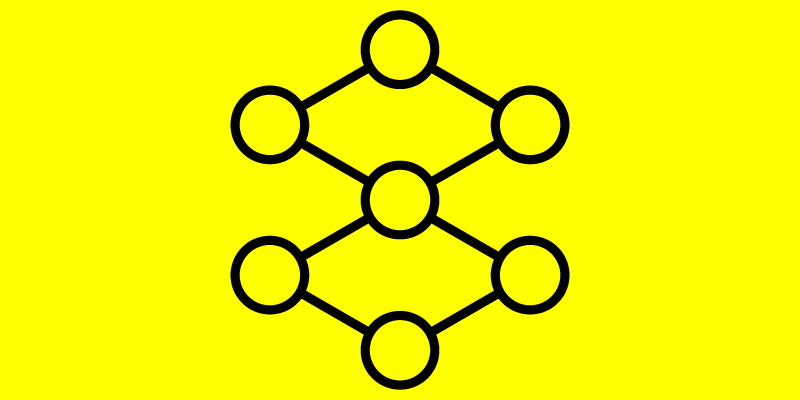Unleashing Visual Intelligence
In the complex landscape of artificial intelligence, Convolutional Neural Networks (CNNs) stand as a remarkable innovation that has revolutionized the field of computer vision. From enabling precise image recognition to leveraging transfer learning for improved model performance, CNNs have redefined the way we interact with visual data. In this article on CNNs, we discuss their architecture, prowess in image recognition, and the transformative potential of transfer learning.
The Architecture of CNNs
At its core, a Convolutional Neural Network is a specialized type of neural network designed for image processing tasks. Its architecture is meticulously crafted to preserve spatial relationships within images, allowing it to excel at extracting intricate features.
- Convolutional Layers: The backbone of CNNs, convolutional layers, utilize small filters that convolve across the input image to detect features like edges, corners, and textures. As these filters slide over the image, they create feature maps that highlight distinctive patterns
- Pooling Layers: Pooling layers, often max-pooling, condense feature maps by selecting the most prominent values. This reduces computational complexity and helps capture the most essential features
- Fully Connected Layers: Following convolutional and pooling layers, fully connected layers classify features. They leverage learned representations from previous layers to make predictions
Powering Image Recognition and Classification
One of the most striking applications of CNNs lies in image recognition and classification. This domain involves training networks to identify objects, scenes, and patterns within images with remarkable accuracy.
- Training Process: CNNs learn by adjusting their weights during training to minimize the difference between predicted and actual labels. Millions of parameters are fine-tuned through backpropagation, optimizing the network’s ability to make accurate predictions
- Architecture Variants: Various CNN architectures, such as AlexNet, VGGNet, and ResNet, have emerged with increasing depth and complexity. These architectures demonstrate improved performance on challenging tasks like object detection, localization, and semantic segmentation
Amplifying CNNs’ Potential via Transfer Learning
Transfer learning, a paradigm where pre-trained models are fine-tuned for specific tasks, has elevated CNNs’ capabilities even further.
- Benefits of Transfer Learning: Pre-trained models have already learned rich features from extensive datasets, making them ideal starting points for new tasks. Transfer learning accelerates training and enhances generalization on limited data
- Fine-tuning: During fine-tuning, specific layers of a pre-trained CNN are modified to adapt to the target task. Lower layers retain general features, while higher layers capture task-specific nuances
- Domain Adaptation: Transfer learning also facilitates domain adaptation, where a model trained on one domain is adjusted to perform well on a different, related domain
CNNs in Real-World Applications
The impact of CNNs extends far beyond academic curiosity. Their integration into real-world applications has been nothing short of transformative.
- Medical Imaging: In healthcare, CNNs excel at diagnosing medical conditions from X-rays, MRIs, and CT scans. They identify anomalies, enabling early disease detection
- Autonomous Vehicles: CNNs power the visual systems of self-driving cars, identifying pedestrians, road signs, and other vehicles. They ensure safe navigation in complex environments
- Security and Surveillance: In security, CNNs detect suspicious activities in surveillance footage, enhancing threat detection and public safety
- Entertainment and Creativity: CNNs have also delved into entertainment, generating art, enhancing video games, and even creating lifelike deepfake videos
Challenges and Opportunities
The future of CNNs is marked by continuous innovation and refinement. Researchers are working on addressing challenges like adversarial attacks, where CNNs are tricked into misclassifying images. The fusion of CNNs with other AI technologies like natural language processing opens doors to cross-modal learning, where models interpret both text and images.
As the era of deep learning continues to unfold, CNNs remain a cornerstone, pushing the boundaries of visual understanding and catalyzing advancements across industries. From unraveling the mysteries of the cosmos to diagnosing medical conditions, CNNs illuminate the path to a smarter, more perceptive future.





